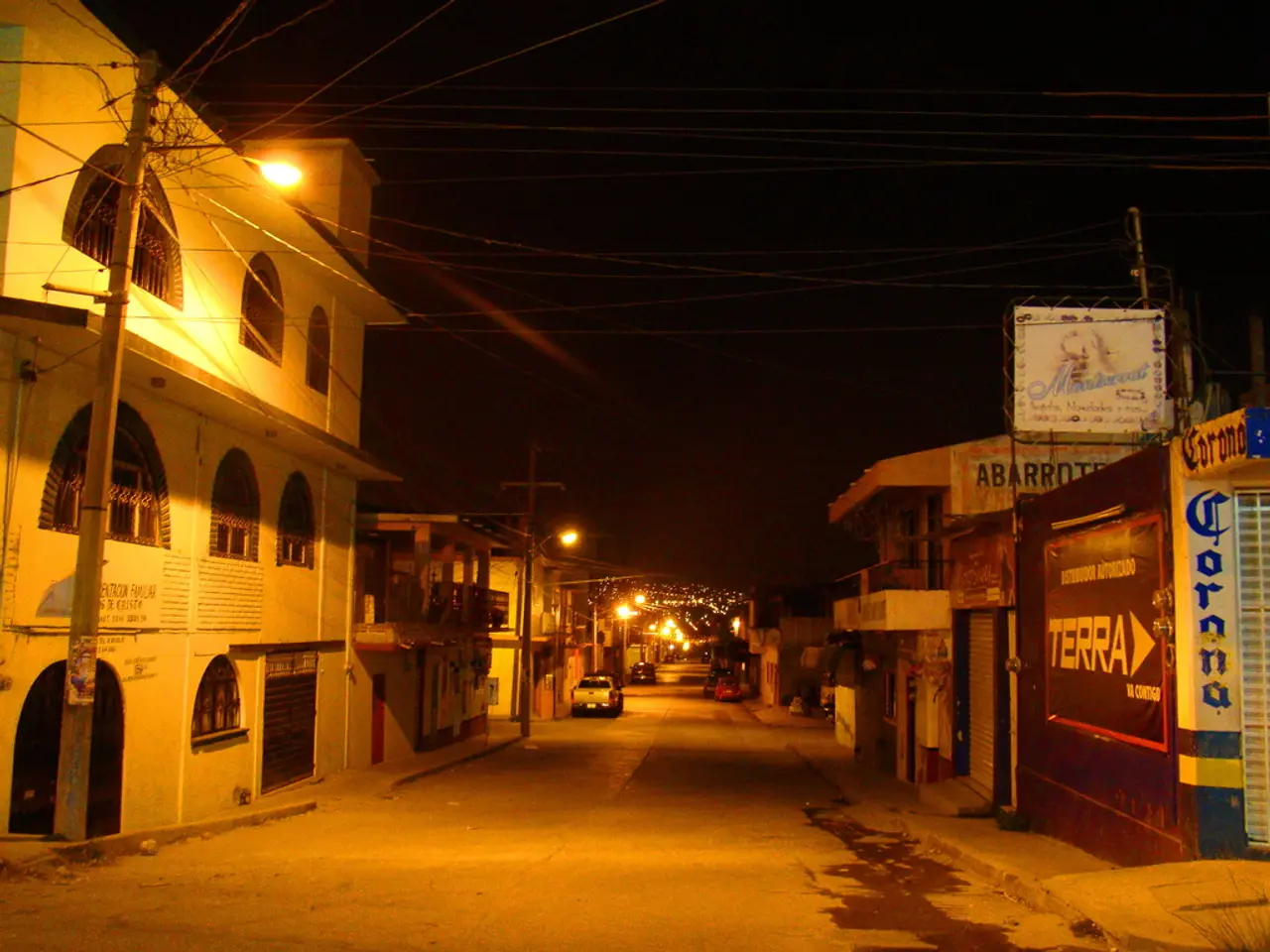Aerial Question: Precision of Drone Height Measuring Devices?
Drone altimeters are crucial components that help drones maintain their height above the ground or sea level. These devices work through various sensing methods, with barometric pressure sensors and laser-based (LiDAR) systems being the most common.
Barometric Altimeters
Barometric altimeters measure altitude by detecting atmospheric pressure changes. The sensor converts pressure values into estimated altitudes. The drone's onboard barometer continuously measures pressure, which is then translated into altitude relative to a known baseline pressure. This baseline pressure can be set manually or automatically adjusted from meteorological data, such as METAR reports, to ensure accuracy.
Changes in weather conditions, especially air pressure and temperature, can affect readings. If the altimeter setting is not updated correctly with local pressure from sources like METAR reports, readings may be off. Humidity also affects air density, which in turn influences pressure readings. High humidity can reduce density, causing minor errors. Altitude drift over time due to sensor noise and environmental changes is another factor that can affect accuracy. Barometric altimeters generally measure altitude relative to mean sea level, which requires accurate local pressure references.
Laser Altimeters (LiDAR)
These altimeters emit short laser pulses toward the ground and measure the time it takes for the laser to bounce back to the drone. The roundtrip time of the laser pulse, combined with the speed of light, gives a direct distance measurement to the ground, thus providing altitude above ground level. This method is commonly used in more advanced drones and provides high precision in terrain mapping and obstacle avoidance.
Factors such as surface reflectivity, atmospheric conditions, water bodies, angle of incidence, sampling rate, and waveform processing can affect the accuracy of laser altimeters. Surface reflectivity influences the reflection intensity of the laser pulse, while atmospheric conditions can scatter and absorb laser pulses, weakening the return signal and potentially degrading accuracy. Water bodies interact complexly with laser signals, with scattering and absorption affecting the effective measurement. The angle of incidence can also affect true distance calculation if the drone is tilted or flying over sloped surfaces. More sophisticated LiDAR systems analyze the entire waveform of the laser echo to improve accuracy and distinguish between multiple surfaces.
Factors Influencing Both Types
Drone motion and stability, GPS and INS integration, and periodic IMU calibration are factors that can influence the accuracy of both barometric and laser altimeters. Rapid changes in orientation (pitch, roll, yaw) monitored by inertial navigation systems can introduce errors if not properly compensated. Combining altimeters with GPS and inertial navigation systems helps improve altitude estimation, with inertial sensors helping maintain accuracy when GPS signals are weak or unavailable. Periodic IMU calibration is beneficial for all drone users to ensure accurate altitude readings.
Ground Station and GCPs
Ground station can communicate with another module onboard the drone and uses either the Real-time Kinematic (RTK) or Post-Processing Kinematic (PPK) workflow to continually correct the drone's positional data based on its distance from a permanent ground station, providing centimeter-level accuracy. GCPs (ground control points) are pre-established and pre-marked points in the survey area that can act as "anchors" for the map, used for mapping applications to offset altitude inaccuracies of up to 10 feet.
In summary, barometric altimeters are affected mainly by atmospheric pressure and weather variability, requiring frequent calibration, while laser altimeters’ accuracy depends heavily on environmental conditions and surface reflectance. Combining sensors and applying advanced signal processing helps drones achieve reliable altitude measurements across varying conditions.
Drone technology, particularly drone altimeters, plays a significant role in maintaining a drone's height, using either barometric pressure sensors or laser-based (LiDAR) systems. Barometric altimeters, through the measurement of atmospheric pressure changes, face challenges such as changes in weather conditions, humidity, and altitude drift, while laser altimeters are affected by factors like surface reflectivity, atmospheric conditions, water bodies, and the angle of incidence. Both types of altimeters are influenced by drone motion and stability, GPS and INS integration, and periodic IMU calibration for accurate altitude readings.




